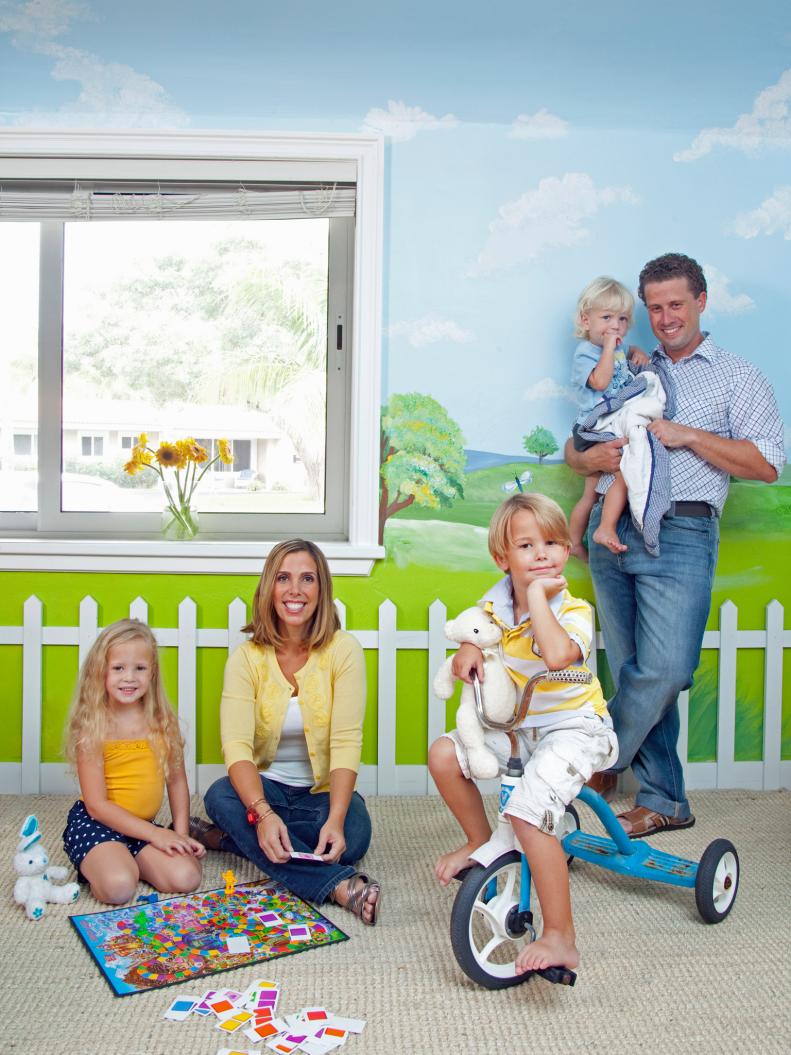1 / 25
From:
Brian Patrick Flynn
Scenic Murals
Murals are one of the most popular design elements for children's rooms and nurseries. Homeowners Marco and Elena Ciotti hired a professional muralist to fill the walls of their kids' rooms with inspiring, colorful scenery.









